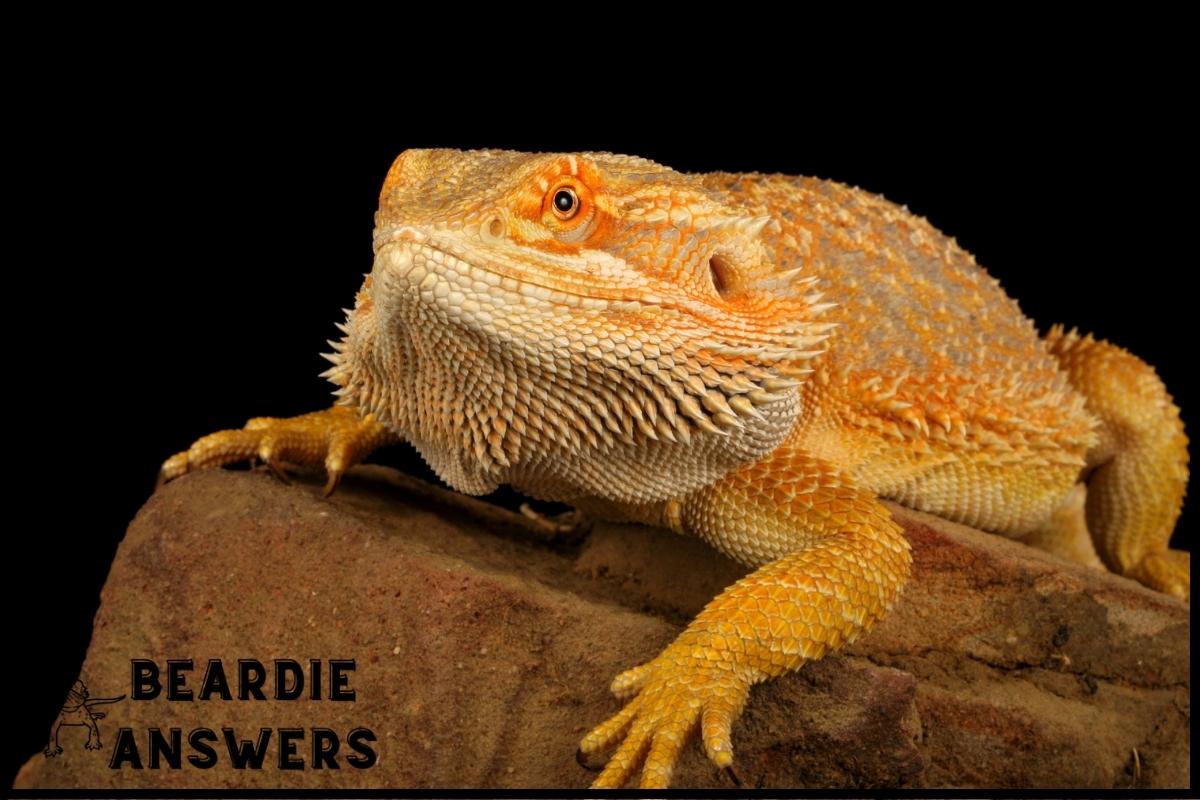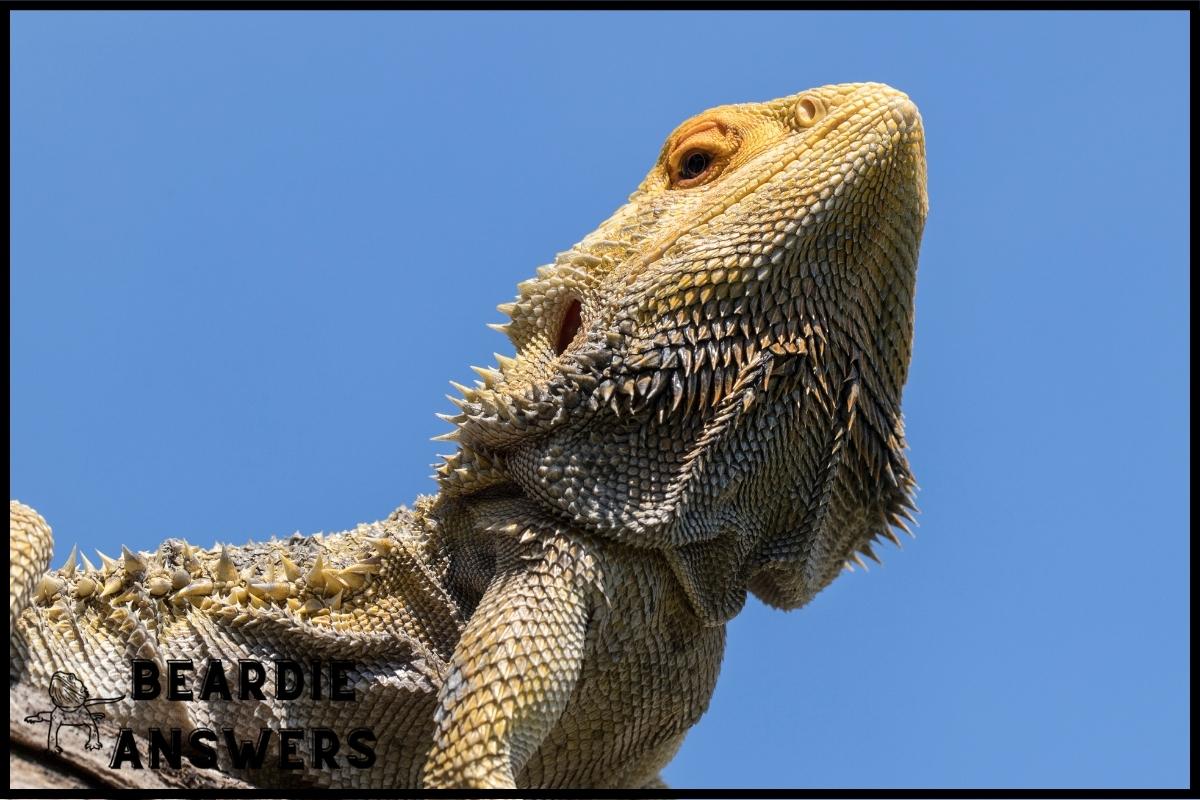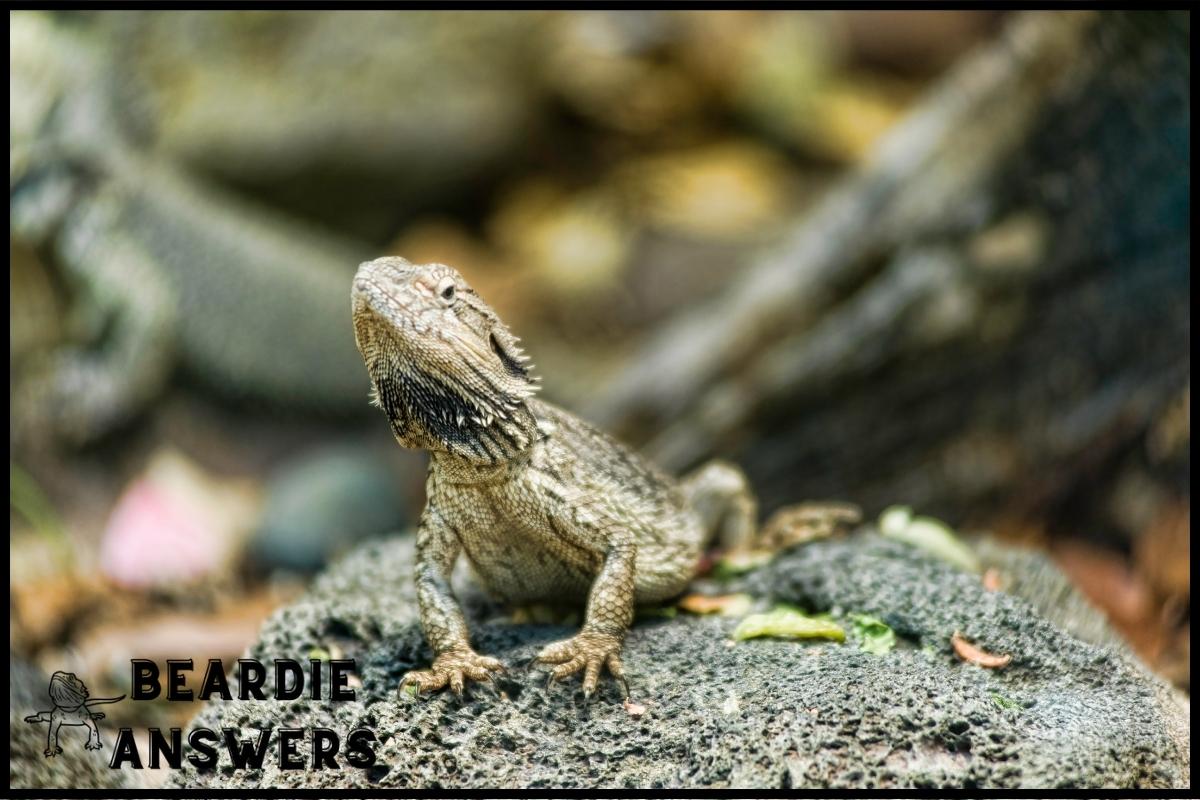[su_note note_color=”#eee”]
Bearded dragons are one of the most popular reptilian pets. But in order to maintain their health and well-being, they require more than just food and water – they need proper lighting!
It’s important for owners to understand their bearded dragon’s light requirements so that they can provide adequate UVB and UVA lighting. In this article, we’ll discuss why both types of lights are essential for a healthy bearded dragon, as well as how much each type is necessary for optimal wellbeing.
What You'll Learn
Understanding UV Lighting
Bearded dragons, like all reptiles and amphibians, require a specific amount of an ultraviolet light source to maintain their health. In fact, according to the Herpetological Veterinary Medical Association, up to 80% of bearded dragon ailments can be attributed to improper UV lighting.
Sunlight substitutes such as uvb lamps are essential for providing adequate levels of both UVA and UVB radiation indoors.
When selecting and installing the appropriate lamp types for your pet’s enclosure, it is important to keep in mind that some bulbs will need to be replaced more often than others depending on the manufacturer’s specifications.
Additionally, when setting up your bearded dragon’s environment you should consider incorporating preventative care into your routine by regularly monitoring lighting cycles. By doing so, you can ensure they receive proper amounts of UV rays throughout the day without overexposure.
Having access to natural sunlight or a suitable substitute is just one part of having healthy reptile companion – understanding its importance is another.
Importance Of UV Lighting
It is essential to understand the importance of UV lighting for a bearded dragon’s health. Without the proper presence of UVB and UVA light, their bodies are unable to absorb calcium, which can lead to serious complications.
There are two types of lighting that will help provide your pet with everything they need: UV blocking and UV emitting.
UV blocking lights should be used in moderation as it blocks out some of the sun’s natural rays from entering through windows or glass enclosures. On the other hand, UV emitting light sources such as fluorescent bulbs emit specific wavelengths within the visible light spectrum to ensure adequate exposure.
In addition to this, a suitable heat source must also be provided alongside these light sources. A consistent lighting schedule should be established based on the type and intensity of each light source being used so that the bearded dragons receive just enough sunlight without overexposure.
Having knowledge about both types of lighting systems helps ensure your reptile gets all necessary nutrients for its well-being. Setting up an appropriate environment requires careful consideration in terms of temperature control as well as providing sufficient access to correct levels of sunlight throughout day and night cycles.
Setting Up The Lighting System
Did you know that the average bearded dragon spends up to 10 hours a day basking in sunlight?
Setting up the lighting system for your pet is an important step to ensure its health and safety. Here are five key elements to consider when setting up the lighting:
- Lighting Angles: Bearded dragons need both UVA and UVB light, so make sure they have access to both from multiple angles.
- Lighting Distance: Place lights 12-18 inches away from where your beardie will be basking, which will help them absorb more calcium.
- Heat Sources: Make sure the temperature of their enclosure is between 80°F – 95°F during the day by using thermometers, heat lamps, and other devices as needed.
- Reptile Safety: Cover any exposed wires or cords with reptile guards to prevent burns or electric shock.
- Lighting Timers: Use timers on all lights and heating lamps so that your pet gets consistent daylight cycles every day.
Providing proper lighting for your pet can seem overwhelming at first, but it’s worth investing time into researching what’s best for your beardie.
After ensuring these factors are taken care of, you can move onto measuring the intensity of the UV rays emitted by those lights.
Measuring The UV Intensity
It is important to measure the intensity of ultraviolet (UV) light for bearded dragons. Analyzing data from UV sources can help us make informed decisions when selecting appropriate lighting products. To illustrate this, we can compare specifications such as distance from the source, duration of exposure and type of UVB light used.
Each option carries a different level of risk depending on the lizard’s individual needs. For example, having too much direct sunlight could cause overexposure issues while not enough may lead to health problems related to calcium deficiency. It’s also important to note that there are artificial lighting options available with adjustable settings which can be beneficial in providing an optimal environment for your pet reptile.
When evaluating what type of UVB source best suits your dragon’s needs, consider factors like cost, convenience and safety in addition to the comparison table provided above.
Moving forward, it’s time to review some popular UV lighting products on the market today…
UV Lighting Products
The sun is the ultimate source of UV light, but providing a proper environment for your bearded dragon means knowing how to recreate that light in captivity. When choosing bulbs and their placement, consider different variables such as bulb lifespan, light scheduling, costs and placement options so you can set up an optimal lighting system for your pet.
When it comes to bulb selection:
- UVA bulbs will help stimulate activity in your beardie. These bulbs are usually long-wave fluorescent tubes or mercury vapour lamps and should be replaced every six months at most.
- UVB bulbs help with vitamin D3 production which helps the body absorb calcium from food sources. Choose either a linear tube style or compact coil for these bulbs and replace them between eight months to one year depending on brand and type used.
Be sure to create a schedule involving both types of lights so they don’t overlap too much; having two separate timers also helps make this easier.
Make sure some areas remain more shaded than others to allow places where your beardie can go if they need time away from bright lights.
As well as creating appropriate lighting conditions, keeping costs down during setup is important when considering all other necessary items like heating elements, thermostats and substrate materials needed to complete the habitat successfully.
It’s essential that once everything is installed correctly, maintenance needs to be done routinely in order to keep things running efficiently while troubleshooting any problems along the way.
Maintenance And Troubleshooting
When maintaining a bearded dragon, it is important to ensure that their heat output and diet intake are adequate. A good way to do this is by making sure there’s an appropriate temperature gradient in the enclosure, with both a basking spot and cool area for your pet to regulate its own body temperature. Additionally, you should monitor shedding issues as they can indicate underlying health problems.
The size of the enclosure is also an important factor when caring for a bearded dragon. Generally, larger enclosures provide more space for them to move around and explore while still ensuring proper temperature control throughout all parts of the tank. It also allows room for adding multiple hiding spots which help reduce stress levels in these lizards.
Ultimately, providing optimal light requirements along with suitable environmental conditions will ensure that your beardie stays healthy and happy!
Conclusion
In conclusion, the importance of proper lighting for beard dragons cannot be overstated. It is a critical part of their health and well-being, yet it can often be overlooked by inexperienced owners. Proper UVB and UVA lighting must be maintained in order to keep them healthy and happy. The good news is that setting up and maintaining this system isn’t as difficult as one might think; there are many products on the market specifically designed for bearded dragon care. With just a few simple steps, you’ll have your pet basking in natural sunlight indoors!
However, it’s important to remember that even with all the right equipment, sometimes things can go wrong – bulbs burn out more quickly than expected or intensity readings become too low – so regular maintenance is key.
Ironic though it may seem, providing ‘sunlight’ indoors requires vigilance and dedication from loving owners. But if done properly, your beloved pet will thank you by living a long and healthy life full of Vitamin D enriched days!

Hi! My name is Bryan, I am the “one behind the words” here are BeardieAnswers.com. I believe that providing quality care and nutrition is the best way to ensure the health of your pet. Every beardie is special and deserves the best care and attention. If you have questions about your bearded dragon, please don’t hesitate to ask! View My Full Author Page




